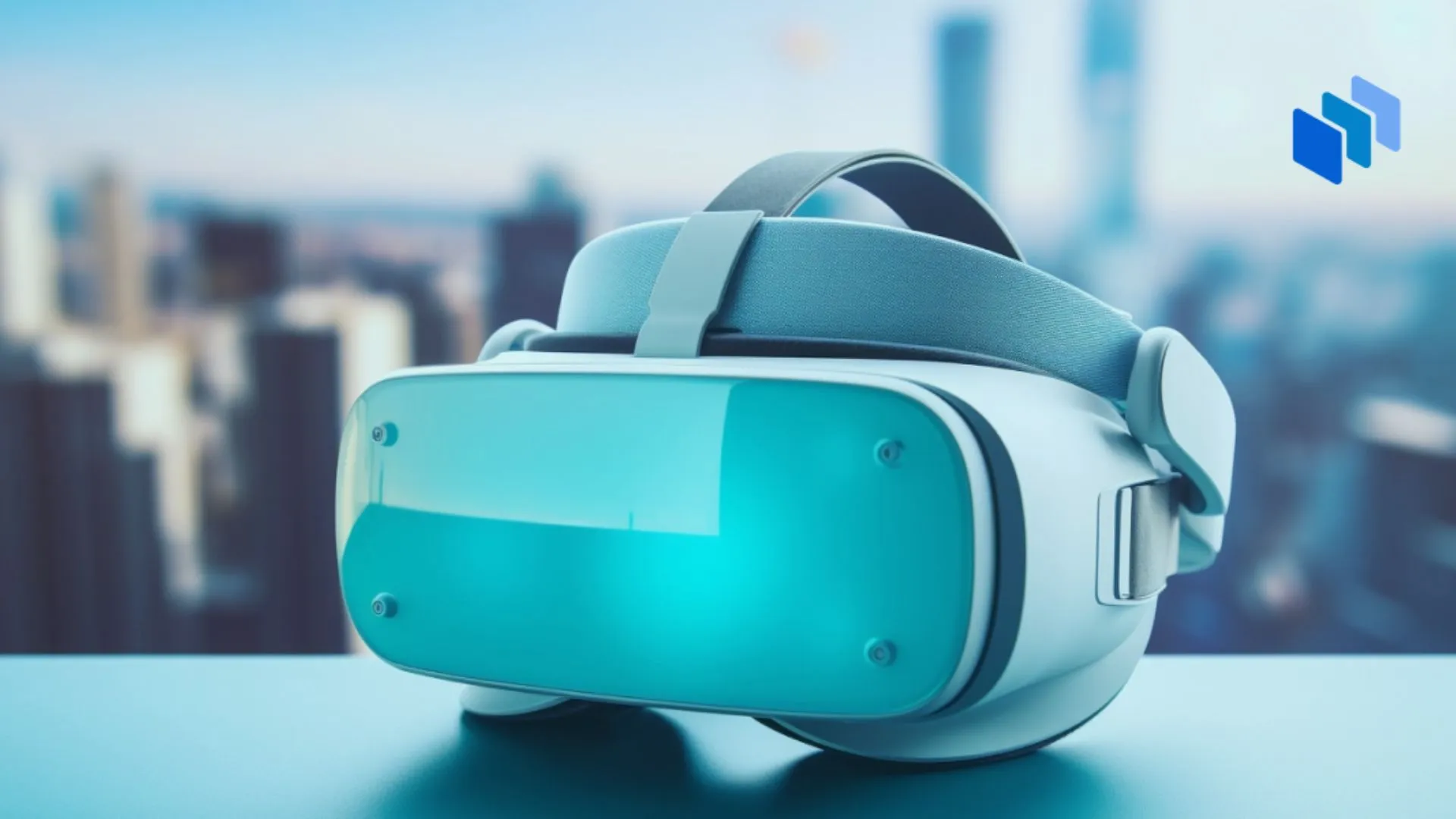Virtual reality (VR) and augmented reality (AR) technologies have seen tremendous advancements in recent years, taking us to new immersive worlds and enhancing our real one. From lifelike graphics to haptic feedback, these innovations are making the impossible possible.
Pushing Boundaries in Graphics and Immersion
One area where we’ve seen huge leaps is in the quality of graphics and level of immersion possible with VR and AR.
Realistic Environments and Characters
With increased computing power, VR can now generate incredibly realistic environments and characters that look and move like their real-world counterparts. For example, projects like Meta’s human avatar are reaching new levels of realism with natural facial expressions and motion. This takes the sense of “being there” in a virtual world to new heights.
Wide Field of View Headsets
New VR headsets are also expanding our field of view, getting close to matching human vision. For instance, Pimax’s latest headset has a 200-degree field of view, allowing more peripheral vision and increasing immersion. This helps create seamless, panoramic virtual environments.
Haptic Tech and controllers
In addition to better graphics, advanced haptic technology and intuitive controllers are also emerging to make virtual interactions more lifelike and dynamic.

Realistic Haptic Suits and Gear
Haptic suits that let you “feel” VR environments are an exciting innovation. The Teslasuit, for example, uses haptic feedback, temperature changes and motion capture to mimic sensations. So you can feel rain, wind, impacts, and even blasts in action games. This revolutionizes the experience.
Natural Gesture and Motion Controls
Using cameras and sensors, companies are also developing better motion controls. These let you interact and manipulate objects just by reaching out and gesturing as you would in the real world. Examples include things like finger and eye tracking or grabbing and throwing objects naturally. This brings interactions closer to reality.
Innovations Merging Real and Virtual
Beyond pure VR advancements, cutting edge AR tech is also emerging to seamlessly merge real and virtual. This blurs the lines between imagination and reality.
Responsive Augmented Graphics
One innovation in AR graphics is real-time environmental rendering, like in the Meta Quest Pro headset. Using outward facing cameras, it can detect real objects and surfaces, anchor virtual graphics to them, and even dynamically adapt and respond when that environment changes. This makes the virtual truly feel part of the real.
Merging Real people with AR Avatars
On the social side, AR is also now overlaying digital avatars onto real people and spaces for shared experiences. Apps like VRChat allow users to pick fantastical characters, then puppet and play them using real movements. This catalyst to explore identity expands social bounds into new creative dimensions.
Pushing Limits with Brain Interfaces
Finally, on the extreme end, innovations in brain-computer interfaces (BCIs) are taking immersion past the sensory level directly into our nervous system. This could let us experience VR environments using only thought and intention.
Direct Brain Communication for Control
New research has achieved remarkable speed and accuracy sending signals from the brain to computers. Implants can now enable people to type just by thinking or move VR objects with a brain chip. This could eventually allow thinking gestures for intuitive control without any physical motion.
Neural Feedback for Sensation
We may also one day tap into the brain’s sensory networks. Scientists have already used implants to induce touch sensation in a paralyzed patient by connecting signals from a haptic glove to nerves. Similarly wiring VR data directly into these pathways could let our minds “feel” virtual worlds and objects.
The Future of Reality
From insanely realistic graphics, to controllers that perfectly mimic human movement, all the way to direct brain interfaces that bypass senses completely, VR and AR innovations are expanding the horizons of possible realities we can experience. In many ways, the impossible is now possible. Who knows what these emerging technologies will enable next or how they will transform entertainment, communication, learning, and our fundamental understanding of self. The only sure thing is that our vision of what’s real is about to change dramatically.
